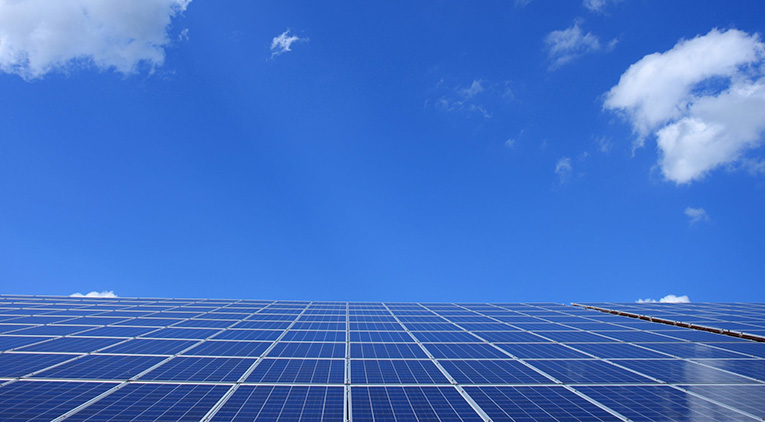Solar industry has maintained itself resilient from the pandemic’s hit, and in the third quarter of 2020 it increased its installations in 9%, compared to the prior quarter of the year; the Solar Industries Association (SEIA) informed this Tuesday.
According to a new study conducted by SEIA and Wood Mackenzie, energy from the sun accounted for 43% of all new electricity add-ons of this year; more than any other power source.
The report forecast a high record of new 19 gigawatts of new solar power capacity installed in 2020, which represents a 43% increase compared to last year’s same period. This recovery is significantly better than what was expected after the global economic hit by the pandemic.
The improved market landscape of the industry could be explained by the robust demand of the market, as many states go forward with carbon emissions reduction goals, and by the declining costs of the technology.
As we reported previously, renewable sources defied the covid-19 pandemic; and in November, the International Energy Agency calculated that the sector could account for 90% of the total increase in electric capacity worldwide, in 2020; behavior that could accelerate during 2021, and through Biden’s administration, in the U.S.
Recommended for you: WoodMackenzie – What will shape the energy world in 2021?
Solar keeps resilient against the economic hit
In this regard, SEIA’s report “points to the incredible resilience of companies and workers in the face of the pandemic and continued demand for clean, affordable electricity sources. It also speaks to our ability to support economic growth, even in our darkest moments. While solar will continue to grow, the next administration and Congress have an opportunity to help the solar industry reach its Solar+ Decade goals; creating hundreds of thousands of jobs and tackling the climate crisis,” said Abigail Ross Hopper, SEIA’s CEO.


The greatest recovery, that even beat SEIA’s expectations, happened on the residential solar market sector; growing 14% over 2020’s second quarter, but still under 1Q levels. “Logically, the states with the biggest installation declines in Q2 also had the biggest recoveries in Q3; such as New York and New Jersey where restrictions were substantial,” explained Michelle Davis, senior analyst at Wood Mackenzie.
According to the report, the utility scale market was the primary driver for all the installations, with 2,7 GW of new capacity; representing 70% of all solar capacity brought online in the third quarter of 2020.
After all these uplifting behavior by the solar industry, SEIA revised its installations forecast for 2021-2025 and increased it by 10 GW to a total of 107 GW.


